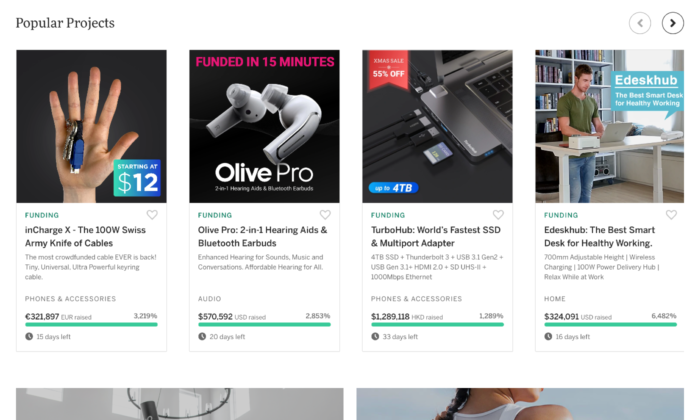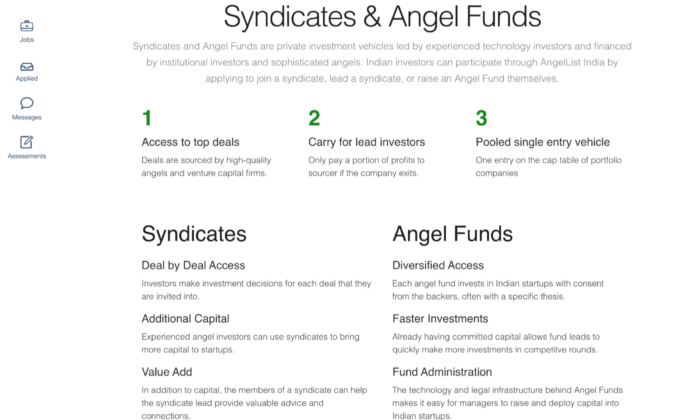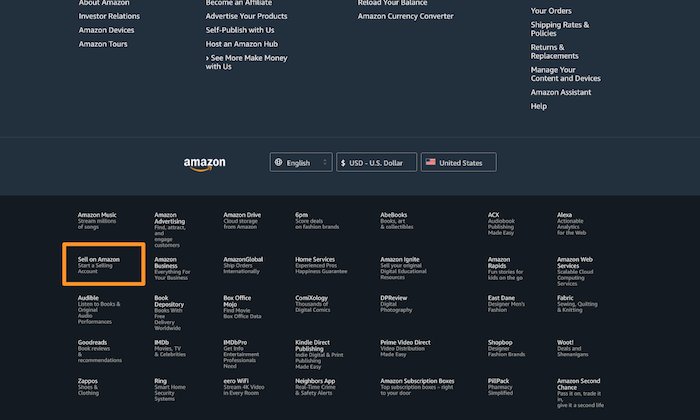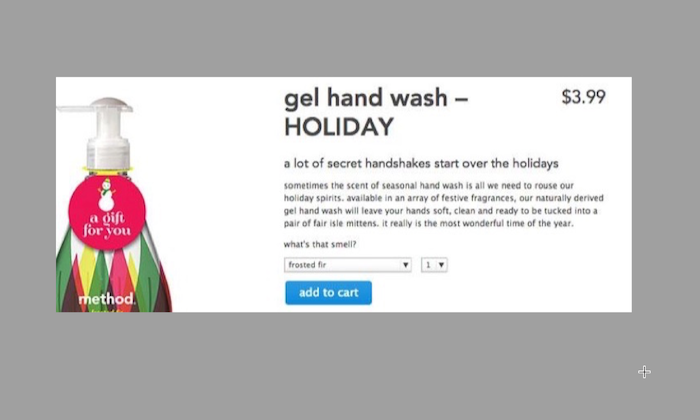
How to Setup a Business the Right Way to Start Building Business Credit
How to Setup a Business the Best Way for Building Business Credit
Are you looking to setup a business? Your business can be much more likely to get funding from the jump – if you set it up the right way. Here’s how.
Setup a Business the Right Way from the Start
Setting up a business is a task that can take a while. There are a lot of moving parts. It’s a lot more than just hanging out a shingle. And the way your business is set up can directly affect the ability of your business to succeed.
Fundability
What is it? Fundability is as a business’s ability to get funding. You can make it harder or easier for your business to get money. A lot of the power is in your hands. Yes, you have some control over this.
Setup a Business For Fundability
A business starts with no credit profile. Therefore, what’s on an application is all that’s reviewed for approvals. So your application must be very strong. Nearly half of all companies fail in their first 5 years, and about 2/3 in the first ten. As a result, new businesses don’t seem fundable to lenders. You can change that by building for fundability from the very start.
Industry and Risk
An early step to fundability is the industry your business is in. Some industries are considered to be riskier than others. When it comes to traditional funding sources, added risk can mean stricter underwriting guidelines or even no funding at all
Risky industries tend to be places where chances of personal injury or property damage are high, or a lot of cash is used, or the revenue stream is unstable. Weapons manufacturing, pawn shops, and the political campaigns all fill the bill.
Business Name
Check with your Secretary of State – they might require that a business name be unique. While checking your name with your Secretary of State, also ensure they have all the necessary information for your company. Make sure that you are in good standing with them, and that your entity is active. You will have to file annual reports and pay a fee each year to stay active.
Keep the name of a high-risk or restricted industry out of your business name. There is nothing underhanded about this – it is above board and honest. And it can help prevent an automatic or nearly automatic denial from a lender. A common reason for loan and credit card application denials is the lender can’t easily locate a business online. The business name on your application should be the exact same as what’s listed online and with your Secretary of State.
Business Names and DBA Filings
A full business name should include any recorded DBA filing in use. But consider a DBA only a short stop on the way to incorporating. Make sure the business name is exactly the same on corporation papers, licenses, utility statements, and bank statements. Also make sure the business name and all other information is the same on as many online listings you can find.
Business Address
A business address must be a real brick and mortar building. It must be deliverable physical address. This can never be a UPS box or a PO Box. Some lenders will not approve and fund unless you meet this criterion. Lenders check with USPS and places like Google Maps to see if you’re using a home address. If you are, you may get a decline.
In particular, retail establishments like clothing boutiques need their own address. If your business is a retail establishment like this, do not use a home address on your application! Not even if your company is just you . You can use a virtual address. We like Regus, Davinci, and Alliance Virtual Offices. But keep in mind that there are credit providers that will not accept virtual addresses.
Learn more here and get started with building business credit with your company’s EIN and not your SSN.
Setup a Business Entity and EIN
You can get a free EIN for your business at IRS.gov. Just like you have a Social Security Number, your business has an EIN. Your EIN is used to open a bank account and to build a business credit profile. To truly separate business credit from personal credit your business must be a separate legal entity, not a sole proprietor or partnership. Only incorporating creates a new, separate entity.
A corporation or LLC business entity gives you more credibility in many cases. These entities by default reduce your personal liability. Other entities don’t. File this with the Secretary of State for your state. Make sure your entity is set up in the same state as your business address. Verify all listings show the same name, address, phone numbers, etc. as in state and other records. Also make sure your address with the IRS matches everywhere else.
Business Licenses
Contact State, County, and City Government offices to see if there are any required licenses and permits to operate your type of business. Licensing requirements differ. Differences depend on state, town, and industry. Always make sure you have the proper licensing for your corporation.
Do not apply for funding if you are unlicensed. Verify that all main agencies (State, IRS, Bank, and 411 national directory) have your business listed the same way and with your exact legal name. And make sure the address on your licenses is the same as all other documents. Being licensed also builds credibility in your business, and that can help you get more customers.
SIC and NAICS Codes
The IRS website is also where you choose SIC and NAICS codes. Industries are classified by 2 kinds of codes. They are SIC (Standard Industrial Classification) and NAICS (North American Industry Classification System). You chose these codes. Be honest when you choose your codes.
There’s no reason to choose the riskiest code if a less risky one might apply. The NAICS system is phasing out the SIC system. But that’s taking years.
Learn more here and get started with building business credit with your company’s EIN and not your SSN.
Business Phone and 411 Listing
Toll-free phone numbers are best. Lenders see them as a sign of business credibility. Even if you’re a single owner with a home-based business, a toll-free number provides the perception that you are an even bigger company. It’s very easy and inexpensive to set up a virtual local phone number or a toll free 800 number. A cell or home phone number as your main business line could get you flagged as un-established – but VOIP is okay.
If you don’t want customers and prospects calling you all day long, do not use a personal cell phone or residential phone as the business phone number. It also helps with fundability if you have a dedicated business phone number. Your phone number must be listed with 411 for most credit issuers and lenders to approve you. Check for your record to see if you’re listed. Make sure your information is accurate. No record? Then use ListYourself.net to get a listing.
Web Domain and Professional Website
Credit providers will research your corporation on the internet. It is best if they learned everything directly from your corporate website. Not having a company website can hurt your chances of getting corporate credit. You need it to be a professional website.
Use places like TemplateMonster.com and Upwork.com and get a site up cheap and fast. Get a professional logo from Fiverr. Buy web hosting from a company like GoDaddy. Do not use Weebly or Wix. This is because you want it to be your domain, not domain.wix.com. Your domain should be your business name, if possible
Web Domain and Professional Website: Details
You need a company email address for your business. This email must be on the same domain as your website. Use a professional email address such as yourname@yoursite.com. It often comes with a website domain provider such as GoDaddy. This is not just professional; it also greatly helps your chances of getting approval from a credit provider. Do not use Yahoo, AOL, Gmail, Hotmail, or similar kinds of email.
Business Bank Account in the Business’s Name
You must have a bank account devoted strictly to your business. The IRS does not want you commingling funds. Make accounting easier and reduce the risk of audit at tax time. Keep personal and business funds separate. The simplest way to do this is with a separate account.
Your business banking history is vital to your future success of being able to secure larger business loans. The date you open your business bank account is the day that lenders consider your business to have started. So if you incorporated your business 10 years ago, but just opened the business bank account yesterday, then your business started yesterday. The longer your business banking history, the better your borrowing potential is.
Business Bank Accounts and Business Financials
Look to the future. It’s bank (and other) loans, and other kinds of funding. Set your business up for bank loan approval success. Keep a balance of $10,000 or more, for at least three months. This gives you a Low 5 Bank Rating.
With a Low 5 Bank Rating, most conventional banks see your corporation as fundable. Less than $10,000 in your account gives you lower than a Low 5 bank rating. If you don’t have a Low 5, you can still get corporate credit and alternative loans, but you would not be able to get a conventional loan. Bank ratings measure how responsible the account owner is with funds.
Learn more here and get started with building business credit with your company’s EIN and not your SSN.
Setup a Business Merchant Account
Getting a business merchant account is a smart way to help out your business. Now your business will be able to accept credit and debit cards. Studies show that customers will spend more if they can pay by card. This also increases your finance options. It’s generally more secure, too.
Get Set Up With the Business Credit Reporting Agencies
Go to D&B’s website and look for your business. Can’t find it? Then get a free D-U-N-S number. A D-U-N-S number plus payment experiences leads to a PAYDEX score. Once you are in D&B’s system, search Experian and Equifax’s sites for your business. Another ID number is the BIN (Business Identification Number) number from Experian. Experian’s BizSource assigns a BIN.
Your Business Credit History
You can get the most favorable funding by paying all bills on time. This will get your business:
- A PAYDEX score of 80
- Equifax Credit Risk Score of 90 or better
- And a good FICO SBSS score, which is driven (in part) by on-time payments and business credit history
- For Experian, historical behavior (payment history) is 5-10% of the total score
Keeping Congruent Business Information
Keep all records consistent! CRAs and creditors are going to look at everything. So it had better match, or you’ll get a denial due to fraud. That’s how lenders interpret inconsistencies.
Your business name, address, and phone number – all your business information – must look the same in these places and more:
- IRS and Secretary of State records
- Business records with Dun & Bradstreet, Equifax, and Experian
- Incorporation documents
- All online listings
- Copy and paste this information; do not chance it with retyping
Personal Financials and Personal Credit History
Let’s not forget about your personal credit. Personal credit quality is often helpful for getting funding. So if your personal credit is not in order, get it straightened out and improve it. This generally means paying your bills on time and curbing your usage. For a business loan at a conventional bank you need good personal, business, and bank credit. While you want to build good business credit, having good personal credit can get you started.
Good personal credit will open doors, and it will open them earlier. Do you eventually want to try for an SBA loan? Then you will need to have good personal credit.
Setup a Business the Right Way: Takeaways
The way your business is set up can directly affect whether your business survives. Details such as business name, address, phone number, and email address all play a part. When you setup a business smartly, you can also help assure prospects that your business is on the up and up. It also means getting set up with D&B and other business CRAs, so you can start building business credit.
The post How to Setup a Business the Right Way to Start Building Business Credit appeared first on Credit Suite.
The post How to Setup a Business the Right Way to Start Building Business Credit appeared first on Automation For Your Email Marketing Sales Funnel.
The post How to Setup a Business the Right Way to Start Building Business Credit appeared first on Buy It At A Bargain – Deals And Reviews.
























